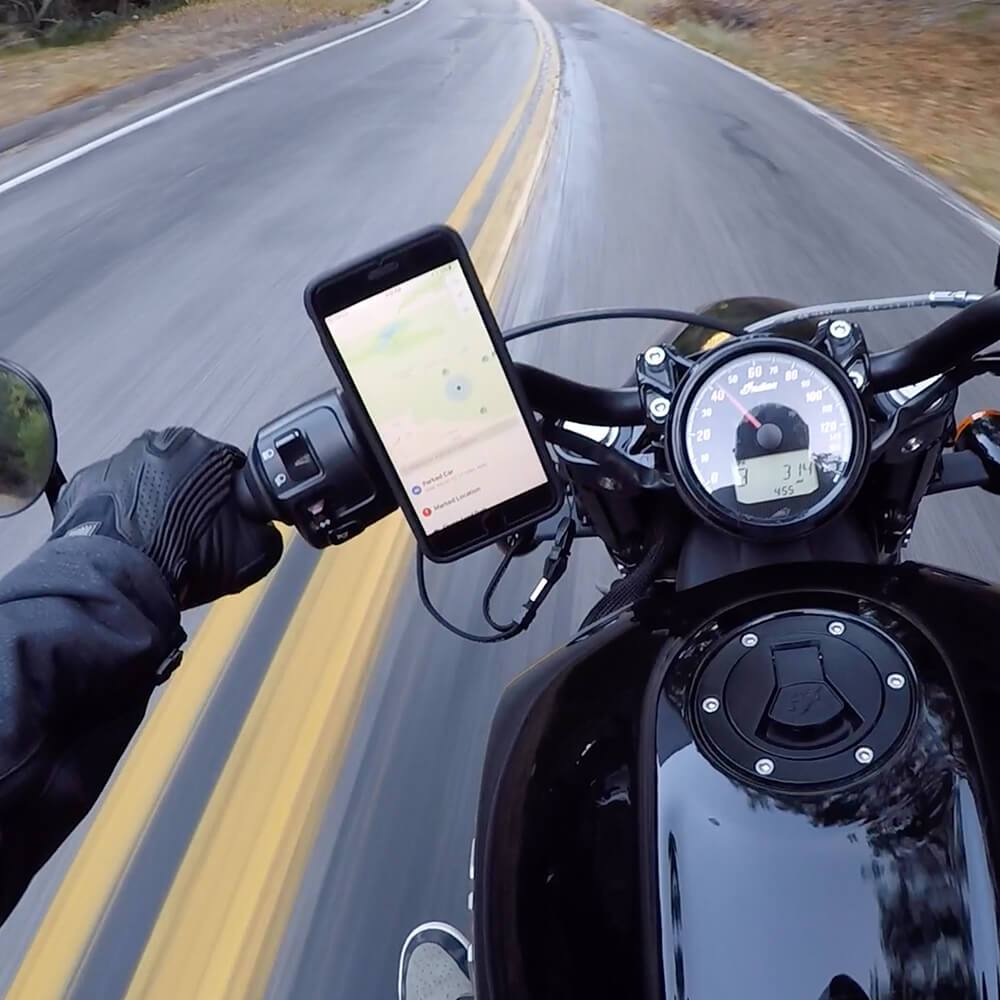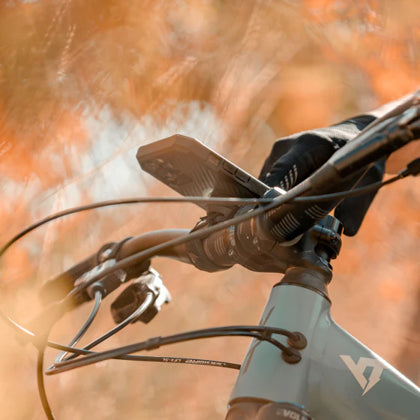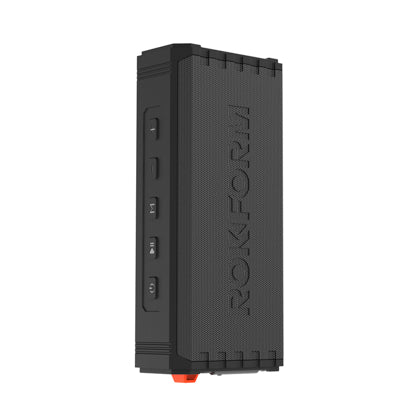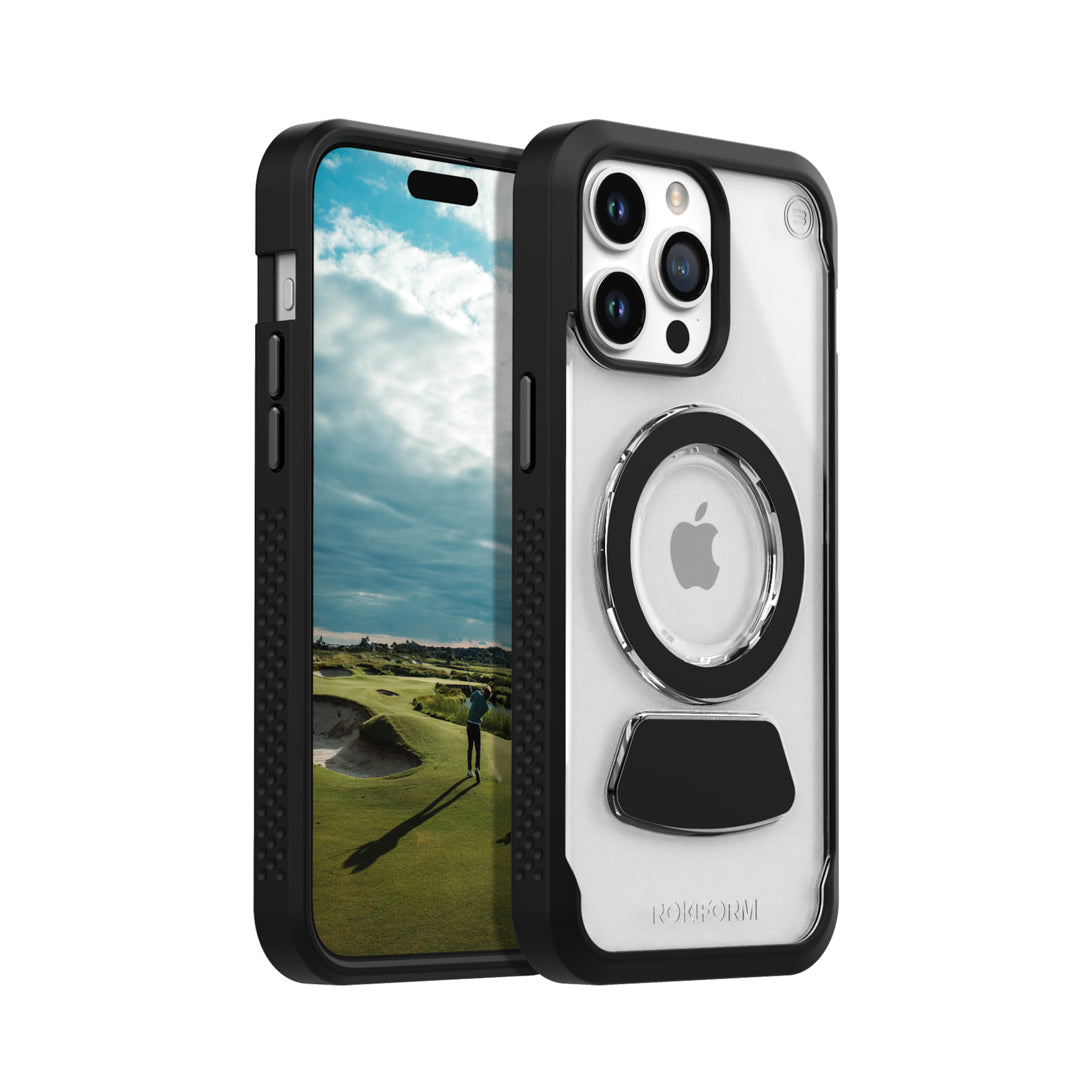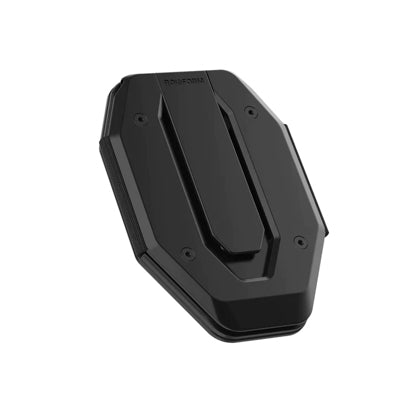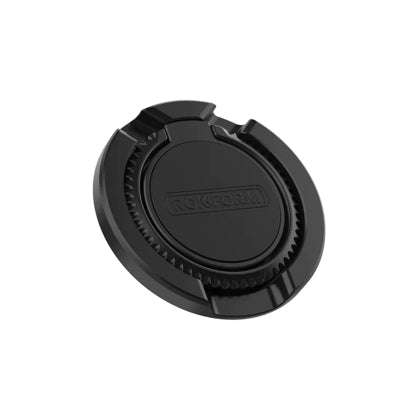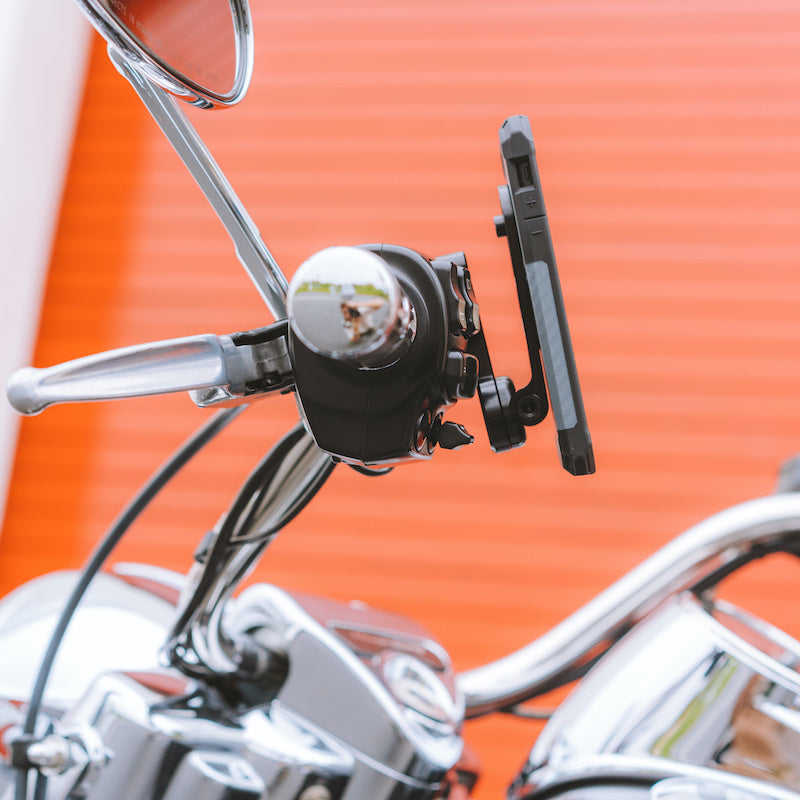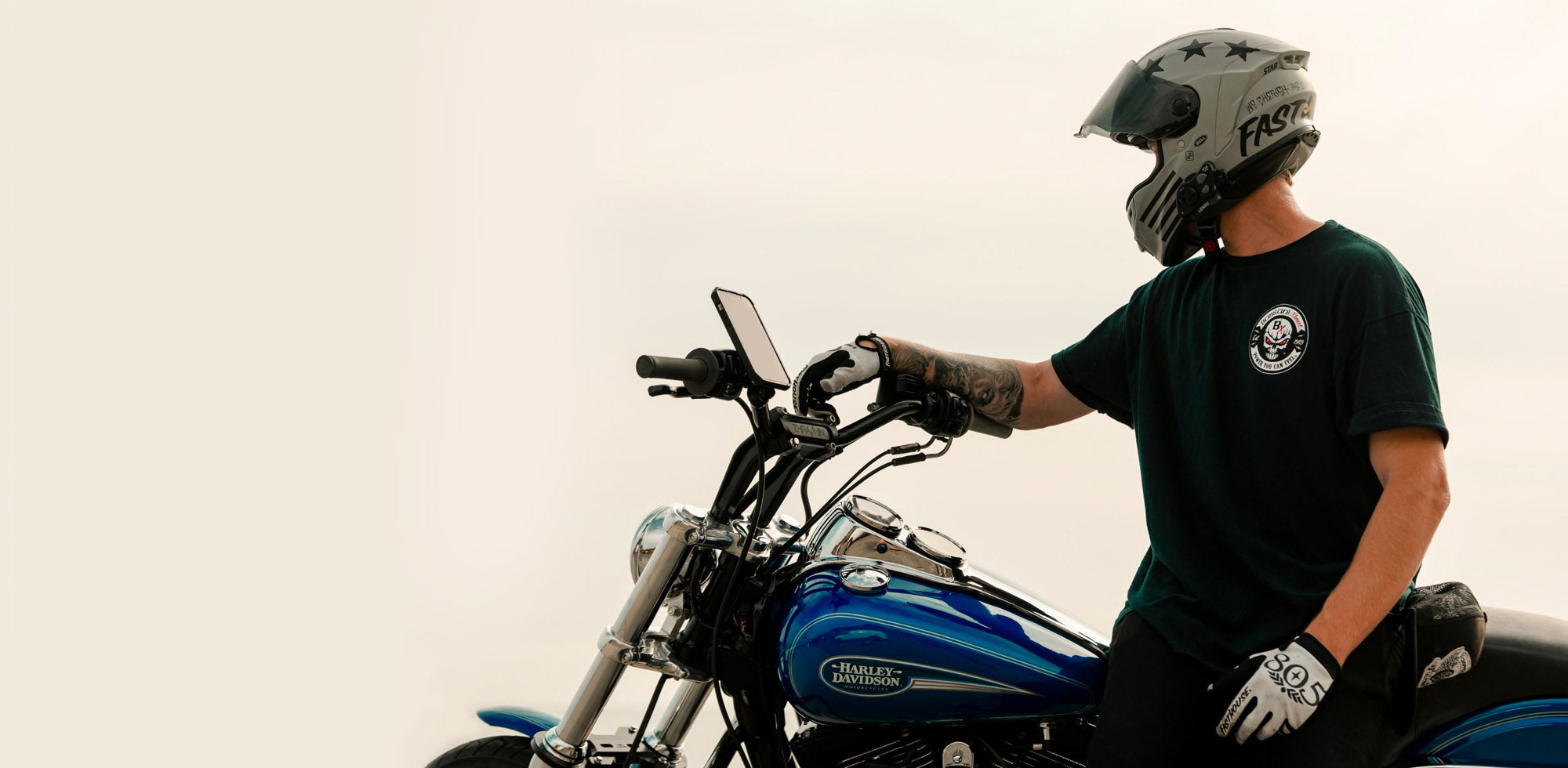As the weather warms this spring, hundreds of thousands of motorcyclists will take out their bikes and hit the open road. As is tradition, the month of May is Motorcycle Safety Awareness Month. We’re pulling some key talking points from the U.S. Department of Transportation’s National Highway Traffic Safety Administration (NHTSA) to remind motorists to Get Up to Speed on Motorcycles to help keep motorcyclists safe.
Unfortunately, motorcyclists are significantly overrepresented in traffic crashes and fatalities. In fact, per vehicle mile traveled, motorcyclists are about 29 times more likely than passenger vehicle occupants to die in a motor vehicle crash, and are 4 times more likely to be injured. This is one of the many reasons why it is essential for vehicle drivers pay complete attention on the roads: Even the smallest momentary lapse in a vehicle driver’s awareness can result in the death of an unseen motorcyclist.
A key way to reduce traffic fatalities and keep our roads safe is for drivers to understand motorcycle safety challenges such as size and visibility, and riding practices like downshifting and weaving. Having a better understanding of such practices will help automobile drivers to be able to anticipate and respond to motorcyclists’ behavior. Motorcycles are among the smallest and most vulnerable vehicles on the road, putting riders at greater risk of death and serious injury in a crash.
To keep motorcyclists safe in their helmets, the DOT requires that all motorcycle helmets sold in the United States meet Federal Motor Vehicle Safety Standard (FMVSS) No. 218, which outlines basic helmet safety requirements. In fact, many states have laws requiring FMVSS No. 218-compliant helmets. To learn more about how to identify a safe, DOT-compliant helmet, visit the NHTSA website.
Tips for Motorists
Because automobile drivers control a much larger vehicle, it is imperative that they keep close watch for motorcyclists who may be riding nearby. Drivers may follow these tips to prevent a fatal crash with a motorcycle:
-
Though a motorcycle is a small vehicle, its operator still has the same rights of the road as any other motorist. Allow the motorcycle the full width of a lane at all times.
-
Always use a turn signal when changing lanes or merging with traffic.
-
If you see a motorcycle with a signal on, be careful: motorcycle signals are often non-canceling and the motorcyclist could have forgotten to turn it off. Always ensure that the motorcycle is turning before proceeding.
-
Check all mirrors and blind spots for motorcycles before changing lanes or merging with traffic, especially at intersections.
-
Always allow more follow distance — three to four seconds — when behind a motorcycle. This gives them more time to maneuver or stop in an emergency.
-
Never drive distracted or impaired.
Tips for Motorcyclists
By the same token, motorcyclists must take extra precautions to guard against drivers who may not see them. Here are a few tips motorcyclists should follow to help prevent a fatal crash with a vehicle:
-
Wear a DOT-compliant helmet and other protective gear.
-
Obey all traffic laws and be properly licensed.
-
Use hand and turn signals at every lane change or turn.
-
Wear brightly colored clothes and reflective tape to increase visibility.
-
Ride in the middle of the lane where you will be more visible to drivers.
-
Never ride distracted or impaired.
Encourage friends and family to Get Up to Speed on Motorcycles and vehicle drivers alike. For more information on motorcycle safety, visit the NHTSA Motorcycle Safety page.
Rokform Gear for Motorcycle Safety

Rokform’s selection of top-of-the-line motorcycle mounts for phones help motorcyclists stay connected while helping riders stay focused on the road. Motorcyclists can choose from four different motorcycle phone mounts to ensure they find the perfect fit no matter what bike they’re on. With hands-free access to a mounted smartphone, motorcyclists with a Rokform mount can easily follow navigation apps to arrive at their destination safely.
Learn more about motorcycle mounts by Rokform


